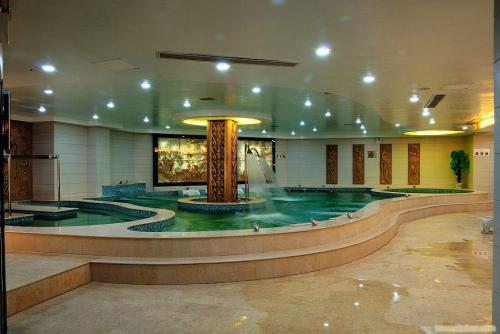深圳老牌五星VS新锐设计酒店,服务细节全方位对比
Shenzhen Hospitality Face-off: Traditional Luxury vs. Contemporary Design

Introduction
Shenzhen's hospitality landscape presents two distinct philosophies: established five-star institutions with decades of refined service protocols, and avant-garde design hotels reimagining guest experiences. This comparison examines key service differentiators across six dimensions.
Service Dimension Analysis
1. Check-in Experience
Legacy Hotels:
Formal butler-style greeting
Seated check-in with welcome tea ceremony
3-minute average processing time
Design Hotels:
Tablet-based mobile registration
"No front desk" concept with host ambassadors
90-second average processing time
2. Room Amenities
Legacy:
Standard luxury toiletries (L'Occitane/Penhaligon's)
Turndown service with weather cards
24-hour in-room dining
Design:
Local artisan bath products (Shenzhen brands)
Smart controls via hotel app
Midnight snack boxes curated by local chefs
3. Concierge Services
Legacy:
Multilingual staff (5+ languages)
Theater ticket procurement
Corporate limousine arrangements
Design:
"Experience curators" with underground city knowledge
Street food tour bookings
E-bike rental with local route maps
4. Technology Integration
Legacy:
Dedicated business centers
In-room tablets for service requests
Traditional keycards
Design:
Facial recognition access
AR room orientation
Social lounge co-working spaces
5. F&B Service
Legacy:
Breakfast buffets with 100+ items
Afternoon tea traditions
Sommelier service
Design:
Hyper-local breakfast boxes
Mixology workshops
Rooftop farm-to-table concepts
Conclusion
While legacy properties excel in time-honored luxury protocols, design hotels pioneer personalized, tech-enabled experiences. The choice ultimately depends on whether guests prioritize ceremonial excellence (legacy) or contextual immersion (design).
版权声明
本文仅代表作者观点,不代表百度立场。
本文系作者授权百度百家发表,未经许可,不得转载。
